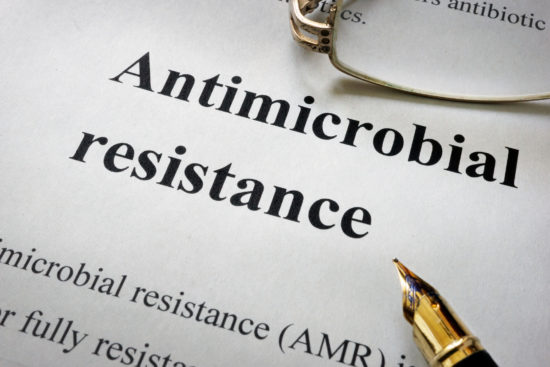Behind the headlines: 10 million deaths from Antimicrobial resistance by 2050 (or not?)
One of the greatest health threats of our time, one that grows by the year, is antimicrobial resistance. Bacteria and other microbes develop mutations that protect them against antibiotics and other antimicrobial drugs, meaning that infections, including deadly ones, that we can now treat will become more difficult — even possible — to treat. The 700,000 or more deaths that antimicrobial resistance now causes every year could grow to 10 million by 2050.
It could cause 10 million deaths per year by 2050. But just how likely is this?
Read an article or book discussing antimicrobial resistance, and you would think that without more action to combat resistance (such as by developing new antibiotics and other antimicrobials) and slow its spread (such as through more prudent use of existing antibiotics), we are on track to that truly frightening future. It would be a future where more people die of antimicrobial resistance than cancer, and today’s routine surgeries become dangerous – even too dangerous to undertake – because of the risk of deadly infections.
AMR NEWS
Your Biweekly Source for Global AMR Insights!
Stay informed with the essential newsletter that brings together all the latest One Health news on antimicrobial resistance. Delivered straight to your inbox every two weeks, AMR NEWS provides a curated selection of international insights, key publications, and the latest updates in the fight against AMR.
Don’t miss out on staying ahead in the global AMR movement—subscribe now!







